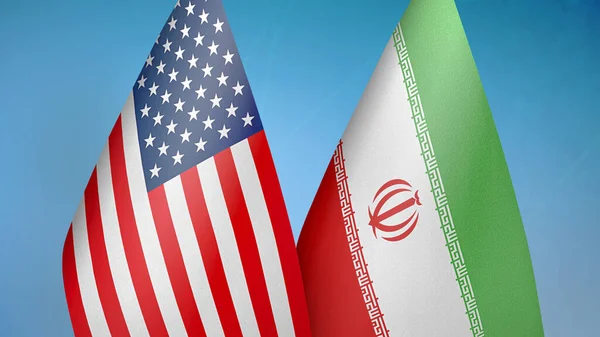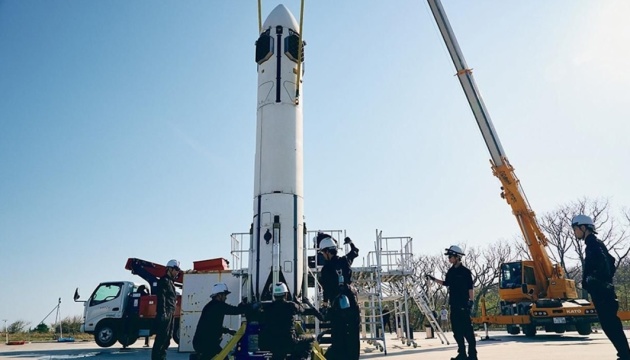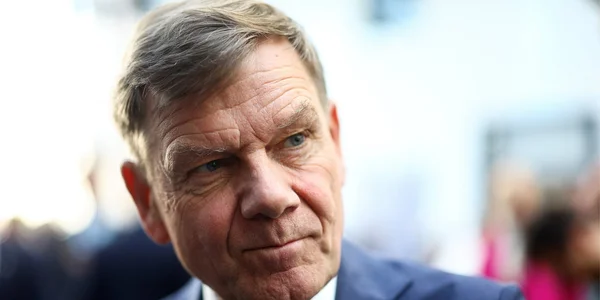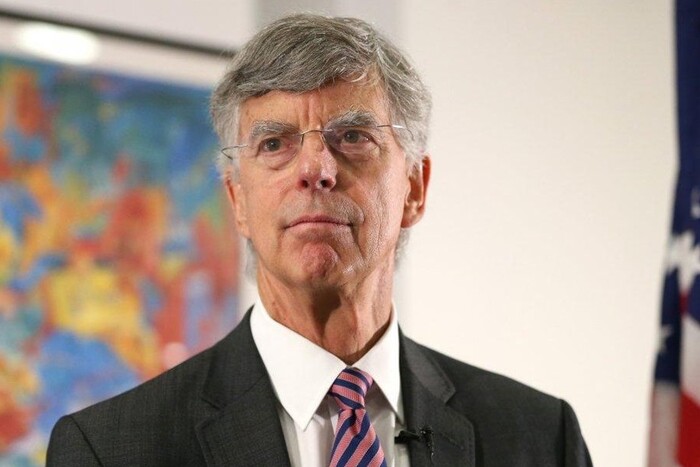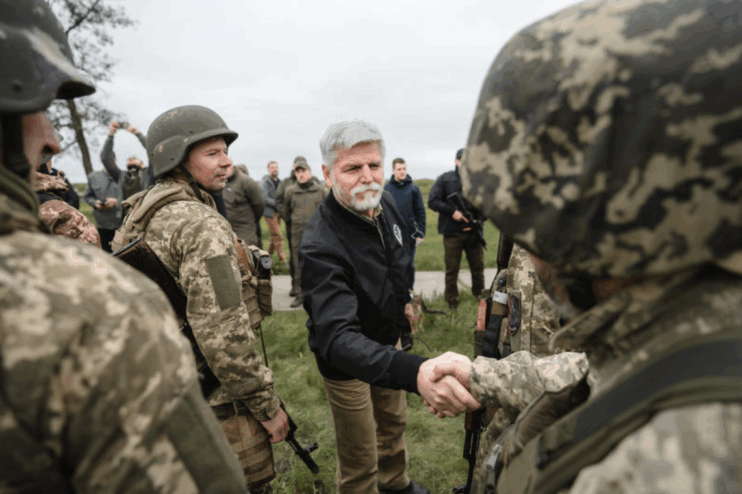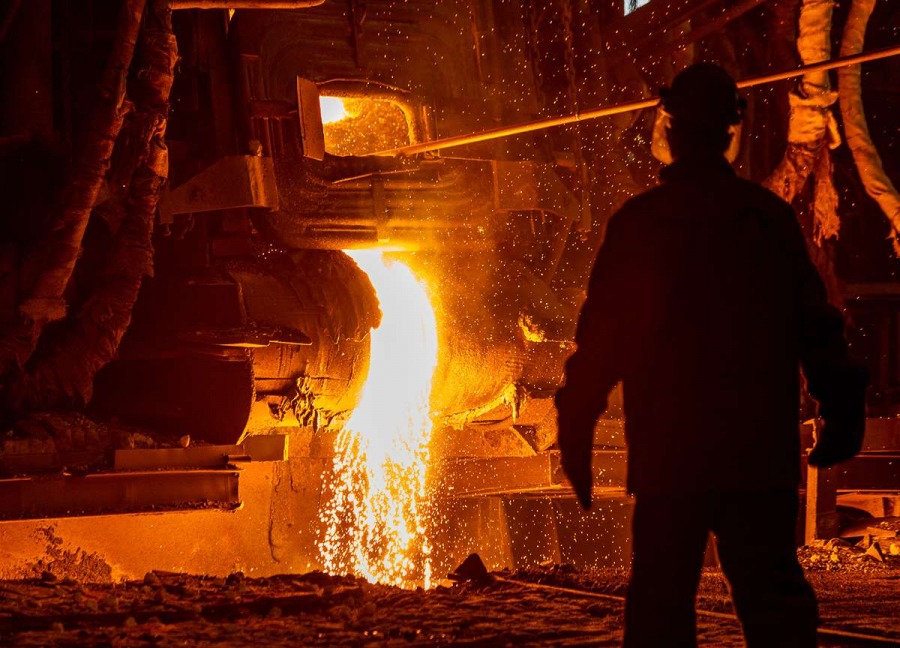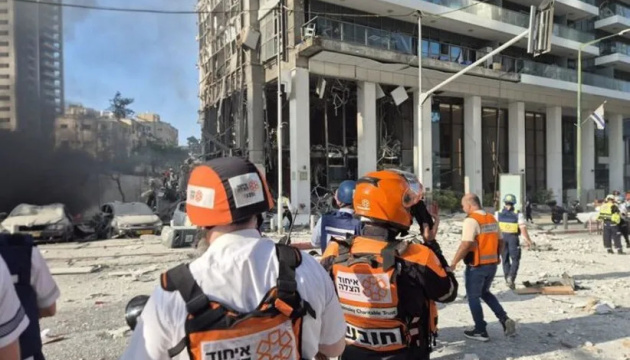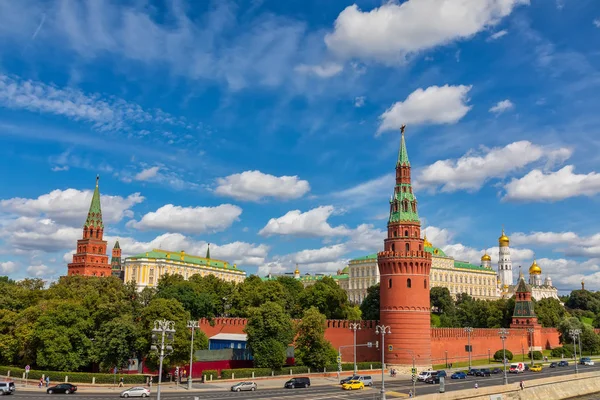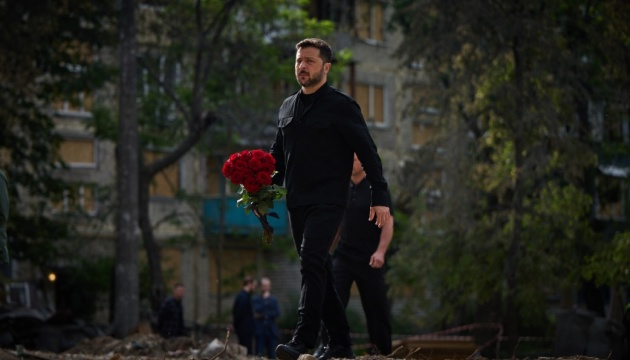Photo: Depositphotos
Iran’s supreme leader, Ayatollah Ali Khamenei, who has long categorically rejected the possibility of dialogue with Washington, recently changed his position under pressure from senior officials. They warned that refusing to negotiate could lead to war with the United States, a worsening of the economic crisis, and ultimately to the overthrow of the regime. This was reported by The New York Times (NYT), citing two Iranian officials with knowledge of the situation.
According to the newspaper, a closed and urgent meeting was held last month, during which Iranian President Massoud Peseshkian, as well as the heads of the judiciary and parliament, persuaded Khamenei to reconsider his position. The meeting was convened to discuss a response to a letter from US President Donald Trump, in which he proposed to hold nuclear talks.
In public, Khamenei has repeatedly called any contact with Washington “unwise” and “idiotic”. This time, however, senior officials coordinated their efforts to deliver a tough message to him: negotiations with the United States, even direct negotiations if necessary, are the only way to avoid disaster. They stressed that Iran’s economy was in ruins, its currency was rapidly depreciating, and the country was suffering from gas, electricity and water shortages. In addition, the threat of war with the United States and Israel has become extremely serious. Officials have warned that if the talks are abandoned or fail, Iran will face military strikes on nuclear facilities in Natanz and Fordow, which could trigger a large-scale conflict, internal unrest and economic collapse.
After hours of discussion, Khamenei relented. He allowed indirect talks to begin through an intermediary, and in case of favourable developments, to move to direct talks with US representatives, NYT sources said.
The first step towards dialogue
On 28 March, Iran sent an official response to Trump’s letter, confirming its readiness for negotiations. On Saturday, 13 April 2025, the first round of meetings between Iran and the United States will take place in Oman. So far, Iran has insisted on an indirect format – when the parties are in different rooms and Omani diplomats deliver messages. The US, on the other hand, has said it plans to hold direct talks. If this scenario materialises, it will be a significant concession on the part of Tehran, which has previously categorically rejected the idea of personal meetings with the Americans.
The stakes for both sides are extremely high. “Khamenei’s change in position reflects his core principle that preserving the regime is the highest priority,” said Hossein Mousavian, a former diplomat who participated in the 2015 nuclear talks and is now a visiting scholar at Princeton University.
Trump’s pressure and the international context
Speaking in the Oval Office on Wednesday, US President Donald Trump reiterated that he is ready to use military force against Iran if it does not agree to negotiations. “I’m not asking for much – they can’t have nuclear weapons. I want Iran to prosper,” he said.
The talks are taking place against a backdrop of significant geopolitical change. Iranian-backed groups such as Hamas and Hezbollah have suffered serious losses from Israel, and the fall of Syrian President Bashar al-Assad in December weakened Tehran’s position in the region. At the same time, Russia and China, Iran’s key allies, have also called on the country to resolve the nuclear standoff with the United States through dialogue. Recently, the three powers held two meetings in Beijing and Moscow to discuss Iran’s nuclear programme.
Trump has increased pressure on China to stop buying sanctioned Iranian oil. According to Kpler, a company that tracks oil supplies, Iran exports about 1.6 million barrels a day, mostly to China. If the sanctions are extended, exports could be reduced by half a million barrels, which would be another blow to Iran’s economy.
Internal pressure and the economic crisis
Economic problems have become one of the key arguments in favour of negotiations. Mohammad Bagher Ghalibaf, Speaker of Parliament and former commander of the Islamic Revolutionary Guard Corps, warned Khamenei that war combined with economic decline could lead to a loss of control over the situation in the country. President Peseshkian added that it is impossible to govern the state in the current crisis. This month, new power cuts were announced in Tehran, and schools and government offices were closed for two days in the central city of Yazd due to a lack of water.
Who will represent the parties
At the talks in Oman, Iran will be represented by Foreign Minister Abbas Araghchi, and the United States by Special Envoy for the Middle East Steve Witkoff. The first meeting will have modest goals: to agree on the format and schedule of further dialogue. However, under favourable conditions, a direct meeting between Araghchi and Vitkoff could take place as early as Saturday.
Iran is closer to developing nuclear weapons than in 2018, when Trump withdrew from the nuclear deal. Tehran claims that its programme is peaceful, but US intelligence believes that the country is exploring weapons capabilities. Khamenei allowed discussions on the nuclear programme, including increased monitoring and reduced uranium enrichment, but stressed that Iran’s ballistic missiles were off the table.
A chance for a historic breakthrough
The news of the talks has caused cautious optimism in Iran: the rial has slightly appreciated and the stock market has shown positive dynamics. Experts, such as Ali Vaez of the Crisis Group, believe that under Trump, Iran has a unique opportunity to conclude a solid deal with the United States that could end the diplomatic standoff that has lasted for almost half a century.
“Time is short, the stakes are high, and the issues are complex. Without talks between the key parties, diplomacy will not stand a chance,” Vaez concluded.

